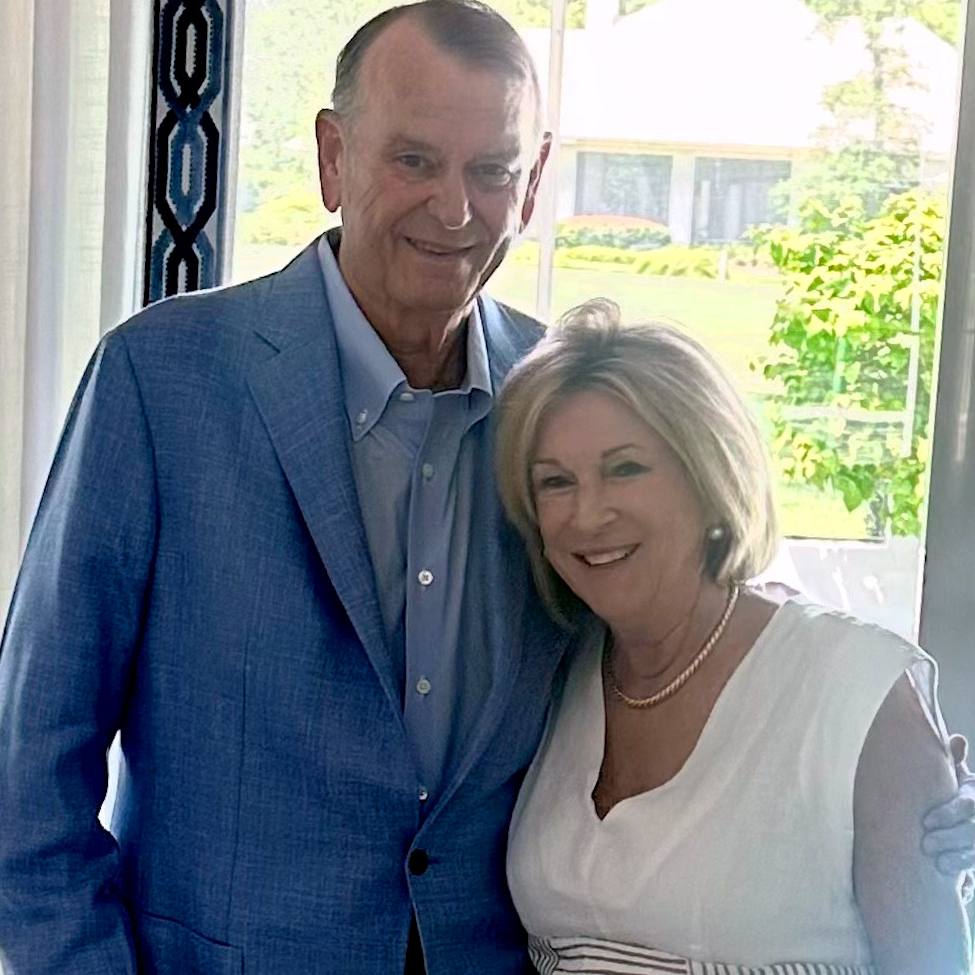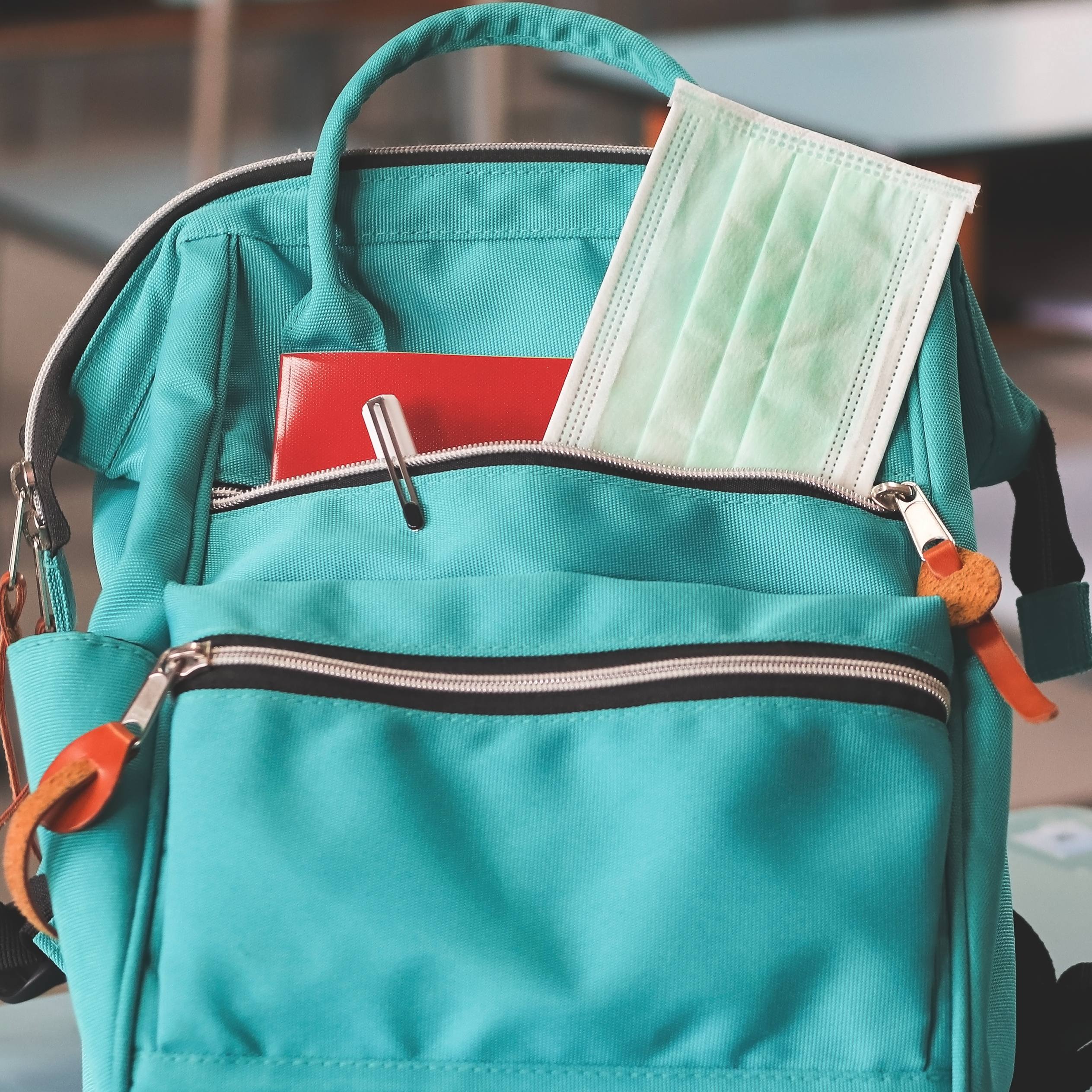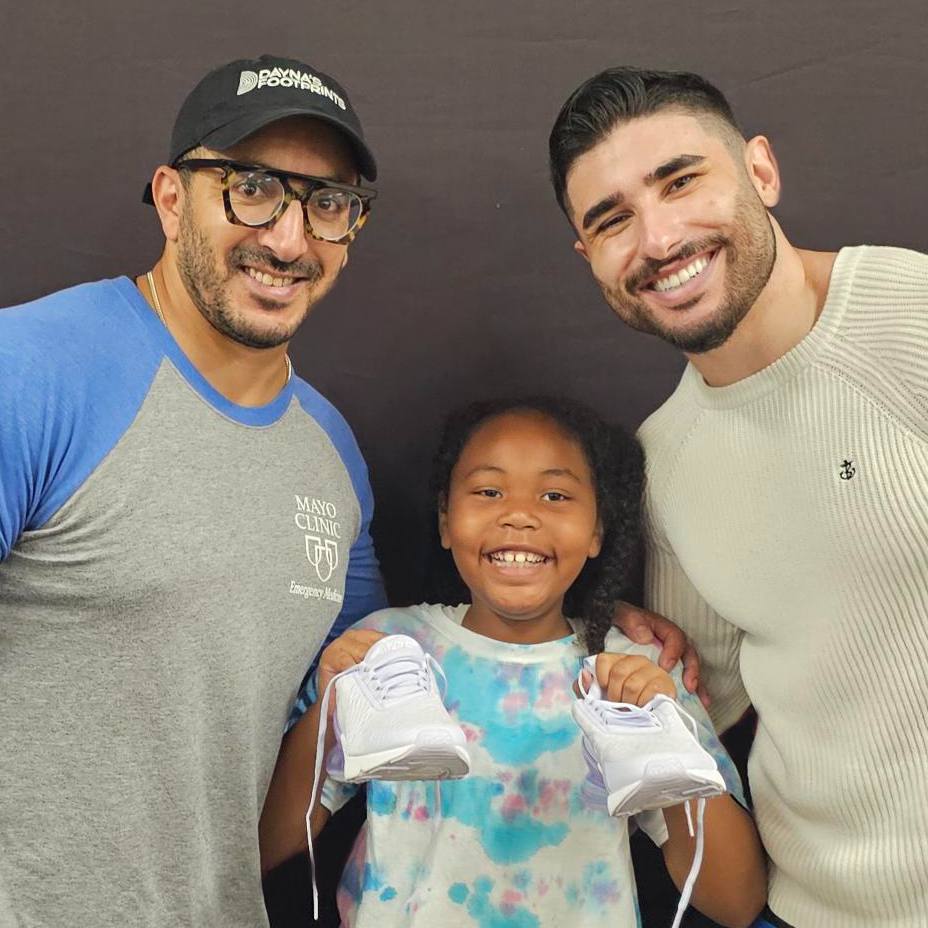-
Treatment for Growth Plate Injury at Ankle Depends on Location of the Break
Treatment for Growth Plate Injury at Ankle Depends on Location of the Break
June 15, 2012 Dear Mayo Clinic: My 11-year-old daughter was recently diagnosed with a fracture of the growth plate in her ankle. The doctor prescribed a walking boot for six weeks. Is it possible that the injury was brought on by overuse? How long should she wait before resuming her rigorous schedule? Is there anything we can do to help prevent another fracture? Answer: The answers to your questions depend in part on which bone at the ankle joint was broken and the severity of the fracture (break). Some growth plate factures are mild, requiring minimal treatment and recovery time. Other fractures may need more extensive treatment followed by several months of recovery. The ankle joint is made up of three bones: the fibula, tibia and the talus. The fibula is smaller than the tibia and is located on the outer side of the leg, while the tibia is bigger and centered between the knee and ankle. Fractures of the talus, which sits above the calcaneus, or heel bone, are uncommon. Growth plates are areas of cartilage near the ends of each bone where cells produce new bone, which contribute to the overall growth of the limb in children. Growth plate fractures may occur when an ankle is twisted during play or as the result of a fall. Many happen when children are competing in sports such as soccer, gymnastics or basketball. Some growth plate fractures can be caused by overuse, particularly in the elbow, but that is uncommon at the ankle. Because these fractures are frequently due to accidents during an activity, they can be difficult to prevent. The most common growth plate injury at the ankle is at the end of the fibula. This type of break is similar to an ankle sprain and usually does not show up on an X-ray. Symptoms include ankle pain, tenderness and swelling over the area where the growth plate is located. Treatment usually involves about four to six weeks in a walking boot. After that, it may take another two weeks to regain strength in the ankle before a child can return to running, jumping and sports. More severe fractures of the fibula growth plate, where the injury can be clearly seen on an X-ray, usually require more time to heal. A walking boot may be an option in this situation. But, depending on how significant the break is, a child could need a short leg cast (from toes to just below the knee) and may not be able to put weight on the leg for several weeks. The risk for long-term problems related to a growth plate injury of the fibula is typically low. After recovering from these fractures, most children have no further problems, and they are not at higher risk of breaking the growth plate again. Fractures of the growth plate in the tibia are more serious. These fractures require children to keep weight off the ankle for six weeks. If the bones are out of alignment, surgery may be needed to correctly realign the joint surface or straighten the limb for proper healing. A long leg cast from the hip to the footmay be used for about three weeks to keep the bone in place and promote healing. Following this, a short leg cast is used for about three weeks. Following the initial six weeks of treatment, four to six weeks of recovery usually is required before a child can return to sports. Additional treatment for a growth plate fracture of the tibia may also be needed because the fracture in some cases causes permanent damage to the growth plate. Bone may heal across the growth plate, resulting in premature closure of all or part of the growth plate. If only part of the growth plate closes, this may result in an angular deformity. If the entire growth plate closes, there is no more length gained from this site. Fortunately, overall height is obtained from multiple growth plates through the skeleton. Thus, if left untreated, growth plate damage may lead to abnormal alignment of the ankle joint, or a difference in leg length. The leg length difference is typically mild, since this growth plate typically only grows 2 to 3 mm (0.1 inches) per year. Surgery can be used to treat growth plate damage, but typically the damage cannot be detected until up to a year or more after the fracture. Significant tibial growth plate fractures in children who are still growing require monitoring over time with X-rays. These help determine if the growth plate continued to grow despite the injury, or if as a result of the fracture, the growth plate has closed prematurely. The severity of an ankle fracture around the growth plate can vary widely. Fractures of the tibia may require a longer recovery and more careful monitoring. After careful diagnosis of the fracture, you and your daughter's doctor can decide on a treatment plan, including the right length of time for recovery before she resumes her activities. — A. Noelle Larson, M.D., Orthopedic Surgery, Mayo Clinic, Rochester, Minn.Related Articles

Medical Innovation

Health & Wellness





